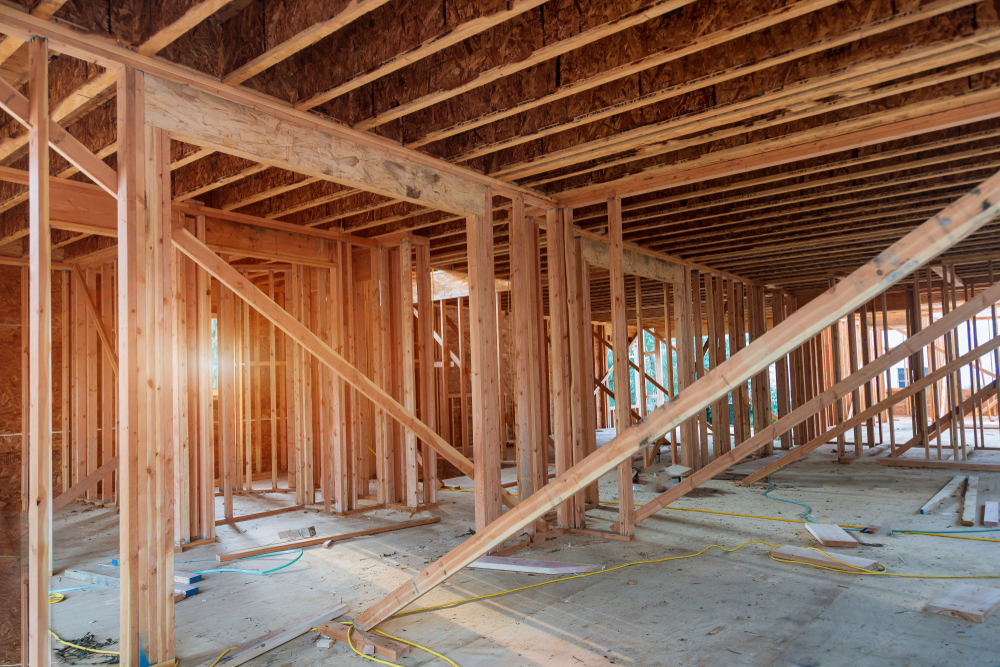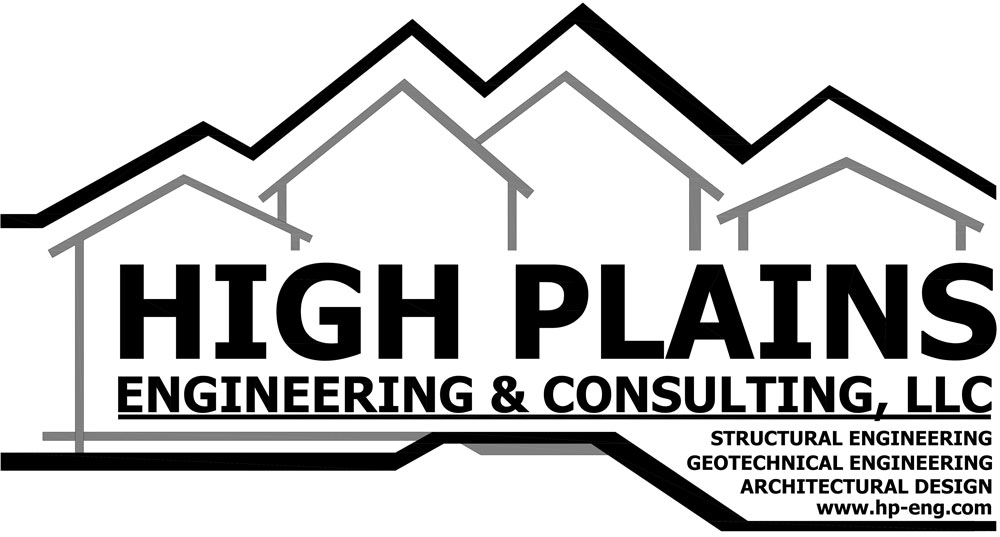
Wood Frame or Steel Frame? Key Considerations for Builders
When it comes to choosing the right materials and construction methods for a building project, one of the most important decisions that builders and contractors face is whether to use wood framing or steel framing. Both options have their own unique benefits and challenges, and the choice between wood frame vs steel frame construction often comes down to various factors such as the project’s budget, environmental considerations, local climate, and the desired durability of the structure. Understanding the differences between wood framing and steel framing, as well as their respective pros and cons, is essential for any builder looking to make an informed decision. This article explores the key factors that influence the choice between wood frame vs steel frame construction and offers insights into both materials’ advantages and limitations.
The Basics of Wood Frame vs Steel Frame Construction
At its core, wood frame construction relies on timber to create the skeleton of a building. Wood framing is one of the oldest construction techniques, still widely used for residential homes and low-rise buildings. In contrast, steel framing involves using steel columns, beams, and studs to form the structural framework of a building. Steel framing is most commonly used in commercial and industrial construction due to its superior strength and versatility, but it is also gaining popularity in high-end residential projects due to its resilience and fire resistance.
Both methods serve the same fundamental purpose: to provide a strong and stable structure for a building. However, the materials and techniques used in each method are distinct. Wood framing, being a natural material, is often seen as an environmentally friendly option, while steel framing is regarded as highly durable and capable of supporting much larger loads over greater spans.
Cost of Steel Frame vs Wood Frame
One of the primary considerations for builders when choosing between wood frame and steel frame construction is cost. Typically, the cost of steel framing is higher than wood framing, but this price difference is not always as clear-cut as it may seem. While the initial material costs for steel framing may be more expensive, factors such as labor costs, speed of construction, and the building’s long-term maintenance can significantly affect the overall price.
Wood framing is often more affordable upfront because timber is widely available and easy to work with. The materials themselves are generally cheaper, and the labor required for wood framing is more readily available, as it is a common construction method for residential buildings. Builders can often complete wood frame projects more quickly due to the simplicity of the technique and the availability of skilled labor.
However, steel framing requires specialized labor and tools, which can increase the overall cost. The installation process can be more time-consuming and complicated due to the need for welding, bolting, and precise engineering. Moreover, steel framing is often used in buildings that require larger spans or additional support, which can further increase the material costs. Still, steel’s longevity and minimal maintenance needs may provide a cost benefit in the long run, especially for large commercial or multi-story buildings.
Steel Frame Construction Pros and Cons
Steel frame construction is known for its robustness and durability, making it ideal for buildings that require a strong, long-lasting structure. One of the major advantages of steel framing is its strength-to-weight ratio. Steel is inherently stronger than wood, meaning that steel-framed buildings can often support larger spans and heavier loads without requiring additional support beams or columns. This feature makes steel framing an excellent choice for multi-story buildings or those with open floor plans.
Another significant benefit of steel framing is its resistance to environmental factors. Unlike wood, steel is not susceptible to rot, termites, or other pests, making it a more durable and low-maintenance option. Steel is also highly fire-resistant, which can provide an added layer of safety in case of emergencies. Furthermore, steel framing is often considered more environmentally sustainable than wood framing, as it is highly recyclable and can be repurposed without compromising its strength.
However, steel framing does have its disadvantages. One of the biggest drawbacks is its susceptibility to corrosion, especially in humid or coastal environments. If not properly treated or maintained, steel can rust over time, which can compromise the structural integrity of a building. Additionally, steel framing can be prone to thermal bridging, meaning it can transfer heat or cold between the interior and exterior of a building, potentially reducing energy efficiency.
Finally, while steel framing is incredibly durable, it does have a higher upfront cost compared to wood framing, which may make it less appealing for smaller projects or tight budgets.
Wood Frame Construction Pros and Cons
Wood frame construction has been a staple in the building industry for centuries, and it remains a popular choice for residential and low-rise commercial buildings due to its affordability and versatility. One of the key advantages of wood framing is its cost-effectiveness. As mentioned earlier, wood is less expensive than steel, both in terms of material costs and labor. It is widely available and can be sourced from sustainable forests, making it an environmentally friendly option in many cases.
In addition to being more affordable, wood framing is also easier and quicker to work with. The materials are lightweight and relatively simple to cut, shape, and assemble. This ease of construction can result in faster build times, reducing labor costs and shortening project timelines. Furthermore, wood is a natural insulator, which can help improve energy efficiency in buildings by providing a barrier against heat and cold.
Despite these benefits, wood framing also has its drawbacks. One of the main concerns with wood construction is its vulnerability to fire. Wood is flammable, and while fire-resistant treatments can help mitigate the risk, it remains a significant issue in areas prone to wildfires or other fire hazards. Additionally, wood framing is susceptible to pests, such as termites, and can degrade over time if exposed to moisture. This can lead to costly repairs and maintenance if not properly managed.
Wood framing also has limitations in terms of structural strength. While it is sufficient for most residential and low-rise commercial buildings, wood framing may not be suitable for larger or more complex projects that require larger spans or heavier loads.
Choosing the Right Framing Method for Your Project
When deciding between wood frame vs steel frame construction, the choice ultimately comes down to the specific needs of the project. Builders should carefully evaluate the size and scope of the project, the local climate, and the long-term goals for the structure. For smaller residential buildings, wood framing is often the preferred choice due to its affordability, ease of construction, and energy efficiency. Wood framing is also an ideal option for projects in areas where natural materials are readily available.
On the other hand, steel framing may be the better choice for larger, more complex structures that require added strength and durability. Steel framing is often used in commercial buildings, high-rise apartments, and other large-scale projects where the demands for strength and fire resistance are higher. The initial cost may be greater, but the long-term benefits of steel’s strength and resilience can make it a worthwhile investment.
Both materials have their merits, and builders should carefully weigh the pros and cons of each method based on their specific project requirements. Whether opting for wood or steel, the key to a successful construction project lies in selecting the right materials and construction methods that align with the project’s goals, timeline, and budget.
Need Engineers and Designers in Hudson, CO?
Since 2006, High Plains Engineering & Consulting, LLC has been a civil and structural engineering company in Fort Lupton and the surrounding areas. We provide sensible solutions to geotechnical, structural, environmental, and civil engineering challenges. Our office provides practical expertise backed by diverse design resources to get the job done cost-effectively and efficiently with sustainability in mind. We offer various services for commercial, residential, and agricultural properties like soil testing, percolation testing, and foundation and septic design for new construction. Once that is taken care of we also offer services for floor framing, garage plans, house plans, site plans, and inspection services. Call us today for an appointment!
Categorised in: House Building

 HPEC is an active member of CAGE
HPEC is an active member of CAGE